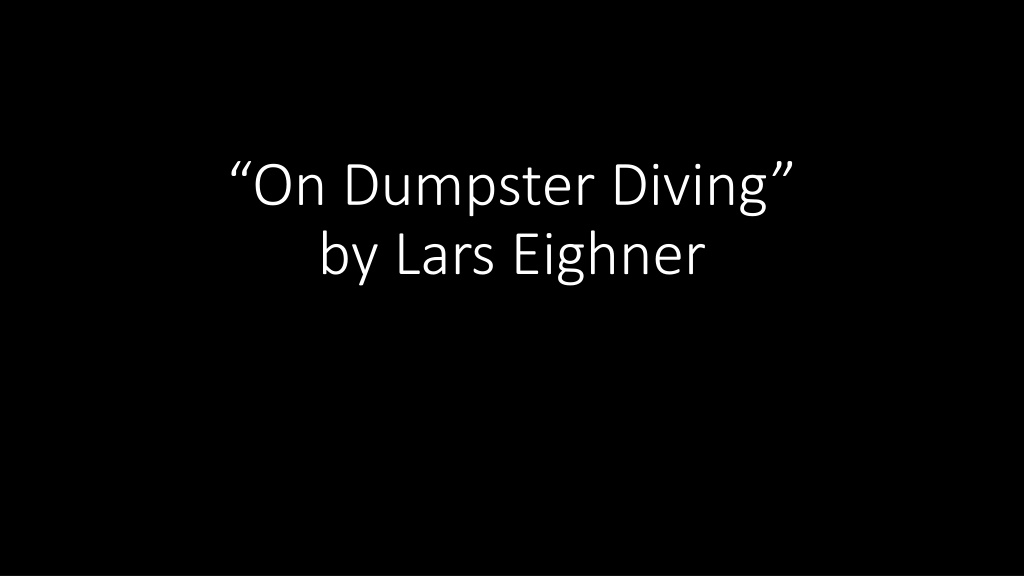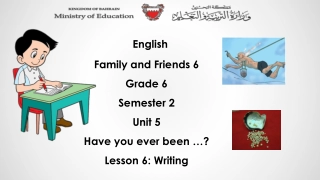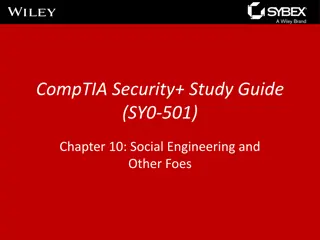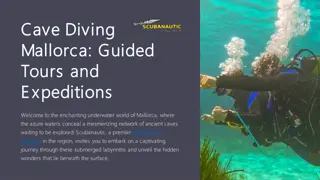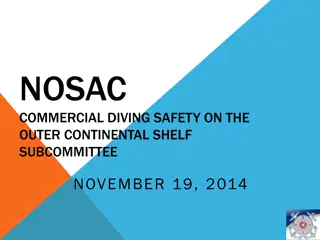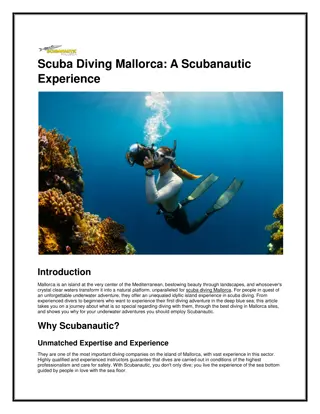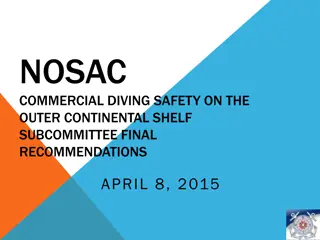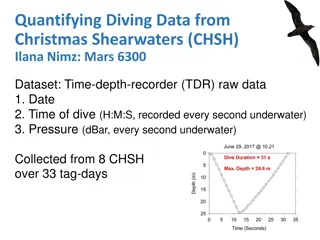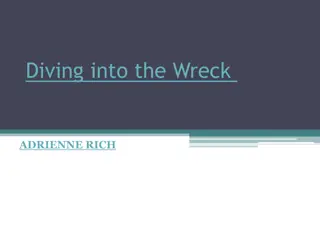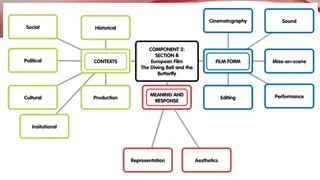Analyzing "On Dumpster Diving" by Lars Eighner
This analysis explores the rhetorical strategies, language usage, and irony in Lars Eighner's essay "On Dumpster Diving," focusing on allusions to Kerouac and Steinbeck, the appeal to ethos, logos, and pathos, and the distinction between scavengers and scroungers. It delves into the effects of scientific language, examines examples of irony, and discusses the rhetorical purpose of certain passages, leading to an exploration of the ironic elements in the closing paragraphs.
Download Presentation

Please find below an Image/Link to download the presentation.
The content on the website is provided AS IS for your information and personal use only. It may not be sold, licensed, or shared on other websites without obtaining consent from the author.If you encounter any issues during the download, it is possible that the publisher has removed the file from their server.
You are allowed to download the files provided on this website for personal or commercial use, subject to the condition that they are used lawfully. All files are the property of their respective owners.
The content on the website is provided AS IS for your information and personal use only. It may not be sold, licensed, or shared on other websites without obtaining consent from the author.
E N D
Presentation Transcript
On Dumpster Diving by Lars Eighner
Approaches to Analysis Approaches to Analysis: Note the allusions to both Kerouac and Steinbeck What do they add? Note the first 5 paragraphs: author s own language & his attention to language as a subject; appeal to logos Paragraphs 6-37: how developed? personal experience, specific incident , technical information, mild satire, irony. Paragraphs 38 end: note: logos appeals, ethos appeals - - pathos appeals are almost entirely omitted Appealing to ethos in a slyly ironic manner (paragraph 59)
Questions on Rhetoric & Style 1stSet Choose ONE question below to answer. Be prepared to share your response. 1. Note the allusions to both Kerouac and Steinbeck What do they add? 2. What is the effect of Eighner s attention to language in the first 5 paragraphs? Does this opening appeal more to ethos, logos, or pathos? Explain. Note the technical & clinical nature of 1st 37 paragraphs of the essay. In paragraph 19, for example, he writes of de-emulsification and the behavior of pathogens. What is the effect of such scientific language & information? Identify and explain two examples of irony in the section about the students( paragraphs 25 -30). 3. 4.
Questions on Rhetoric & Style- 2ndset Choose ONE question below to answer. Be prepared to share your response. 5. Paragraph 37 concludes, I do not want to paint too romantic a picture. Dumpster diving has serious drawbacks as a way of life, What is the effect of these sentences? What is their rhetorical purpose? 6. Note the careful distinction Eighner makes between the true scavenger and the can scrounger. What purpose does it serve? 7. Do Eighner s thoughts of Lizbeth (the dog) in paragraph 63 appeal chiefly to ethos, logos, or pathos? Explain. 8. Provide an example of an appeal to ethos. Explain its significance.
Last point of discussion: Explain the irony in the closing passage (paragraphs 78 -80).
